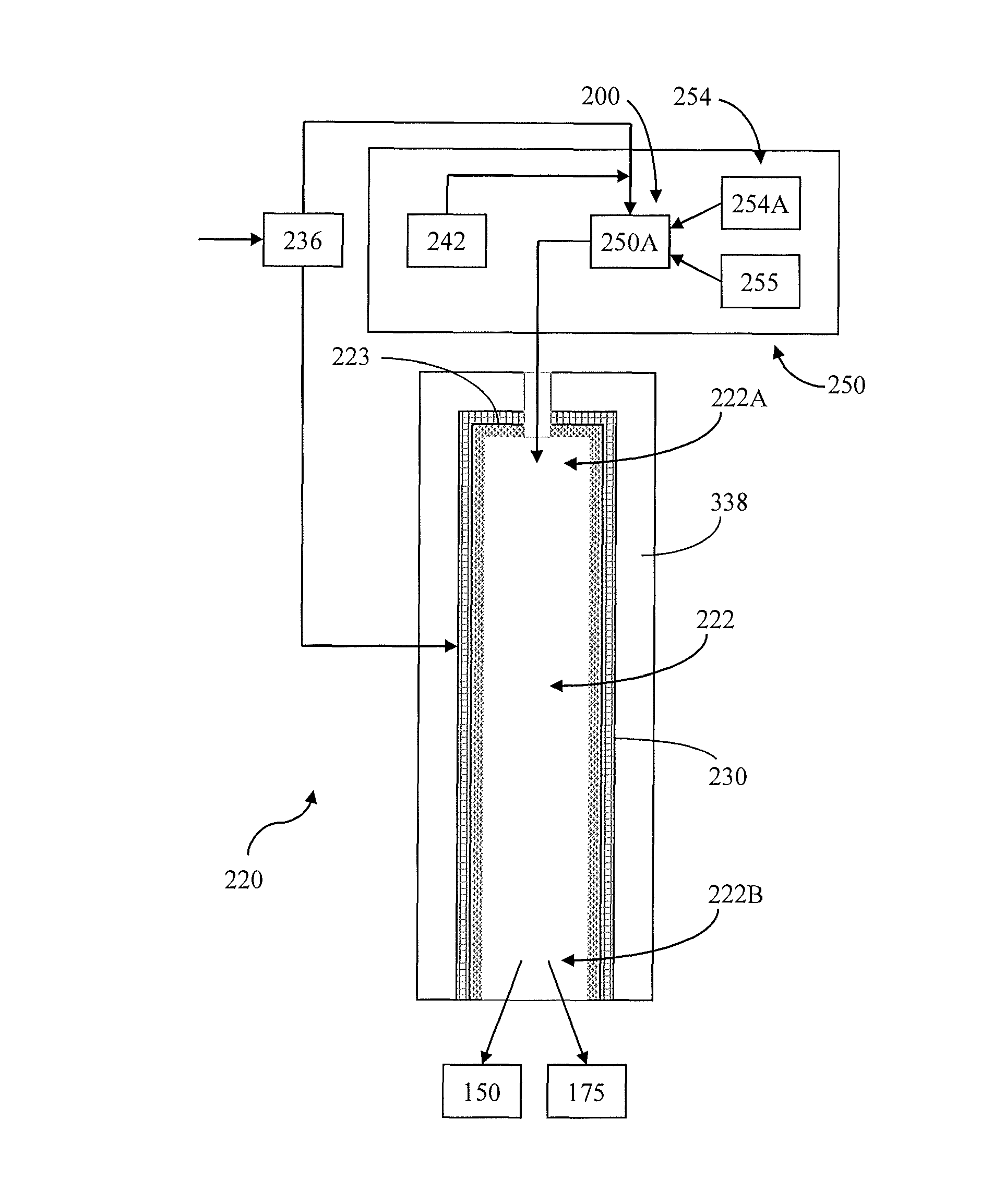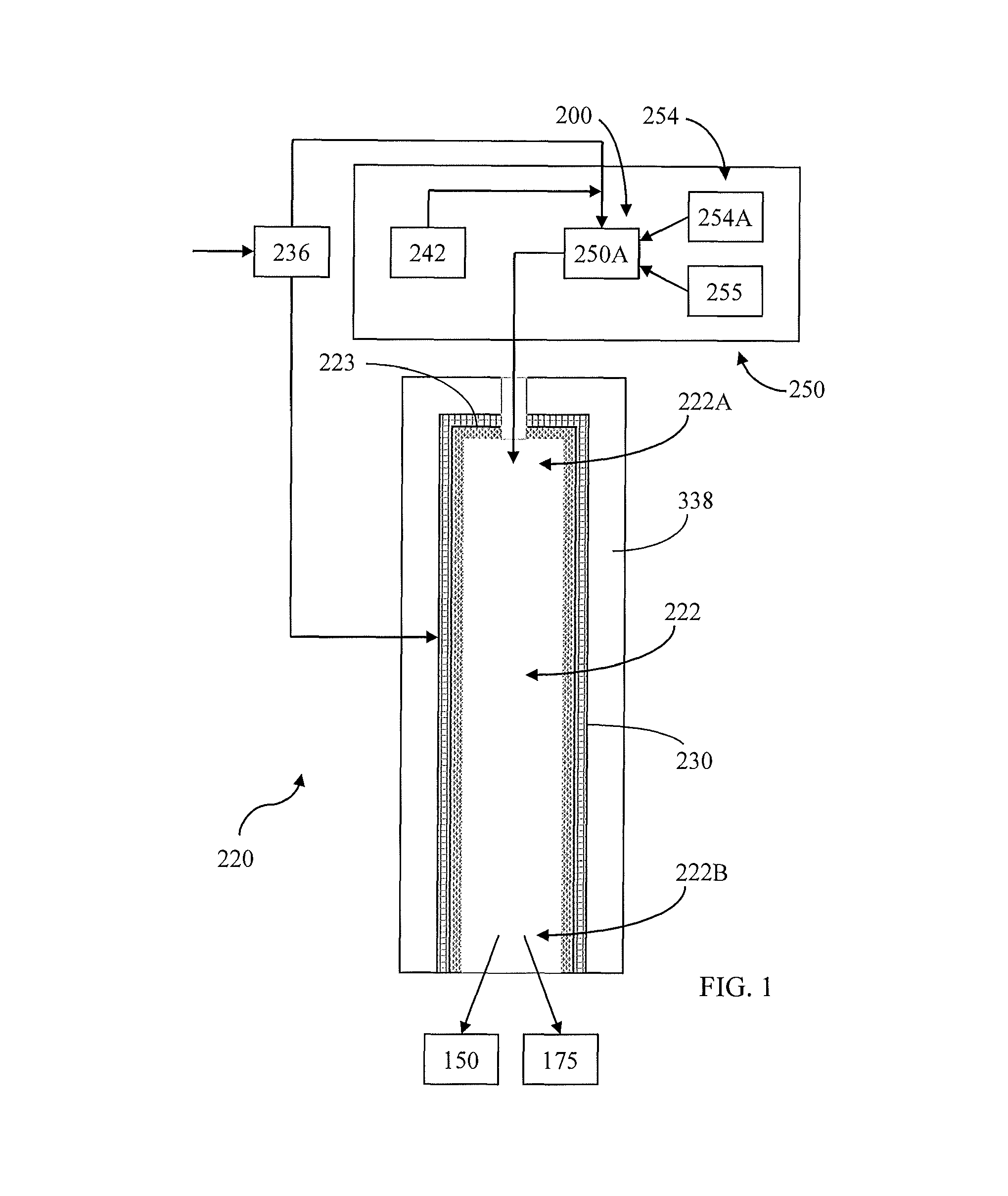Apparatus for combusting a fuel at high pressure and high temperature, and associated system
a technology of combusting fuel and apparatus, which is applied in the direction of combustion types, lighting and heating apparatus, separation processes, etc., can solve the problems of reducing the flow rate of volumetric fluid, reducing capital costs, and reducing equipment size, so as to enhance the oil recovery and enhance the effect of natural gas production or disposal, power saving
- Summary
- Abstract
- Description
- Claims
- Application Information
AI Technical Summary
Benefits of technology
Problems solved by technology
Method used
Image
Examples
Embodiment Construction
[0037]The present disclosure now will be described more fully hereinafter with reference to the accompanying drawings, in which some, but not all aspects of the disclosure are shown. Indeed, this disclosure may be embodied in many different forms and should not be construed as limited to the aspects set forth herein; rather, these aspects are provided so that this disclosure will satisfy applicable legal requirements. Like numbers refer to like elements throughout.
[0038]One aspect of a combustor apparatus capable of operating with a solid fuel, according to the present disclosure, is schematically illustrated in FIG. 1, the combustor apparatus being generally indicated by the numeral 220. In this example, the combustor apparatus 220 may be configured to combust a particulate solid such as coal to form a combustion product, though any other suitable combustible organic material, as disclosed herein, may also be used as a fuel. The combustion chamber 222 may be defined by a transpirat...
PUM
 Login to View More
Login to View More Abstract
Description
Claims
Application Information
 Login to View More
Login to View More - R&D
- Intellectual Property
- Life Sciences
- Materials
- Tech Scout
- Unparalleled Data Quality
- Higher Quality Content
- 60% Fewer Hallucinations
Browse by: Latest US Patents, China's latest patents, Technical Efficacy Thesaurus, Application Domain, Technology Topic, Popular Technical Reports.
© 2025 PatSnap. All rights reserved.Legal|Privacy policy|Modern Slavery Act Transparency Statement|Sitemap|About US| Contact US: help@patsnap.com



